Arduino Developers Summit 2016
2016-07-05 | By Maker.io Staff
The first Arduino Developers summit situated in the heart of the Italian mountains where Arduino was born – Mont Blanc was the perfect setting for such an event, halfway up the summit at 2173 meters.
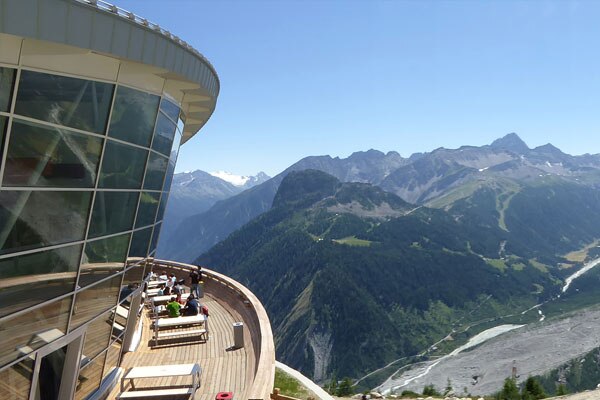
The Arduino Developers Summit was an open call for developers and partners to show case their collaboration with Arduino.org and also to learn about the new direction Arduino wants to move to. Despite the location and the minor transportation issues getting to Courmayeur town, there was a good response to the invitation and a generous turnout. Fortunately, I was one of the lucky ones receiving an invitation from Federico just a few weeks prior to the Summit, and of course I was excited to learn about the new collaborations between Arduino and its partners.
Early Thursday morning I was picked up at my hotel and taken to the Mont Blanc Skyway where the journey would commence upon the Summit. I was greeted by Annalisa who gave everyone their passes for the cable car. Once at the Pavilion, we registered for our passes and made our way to the conference room where Federico would give the opening talk.
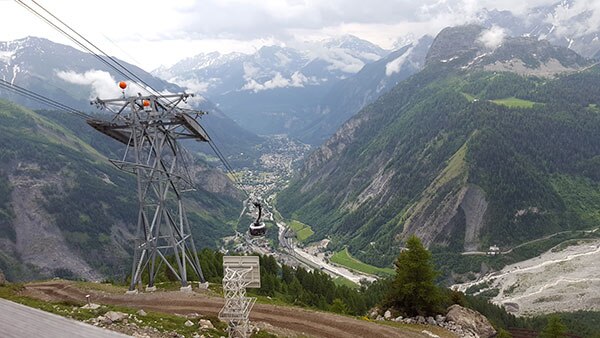

First up Federico gave an all inspiring talk about the new direction of the company, stating building the business around the community as absolute paramount to the core. The new partnerships and collaborations are moving the company into the future of IoT devices with the likes of Nordic Semiconductor and STMicroelectronics. Arduino is looking to move forward away from all the legacy tools and boards including the UNO and the desktop IDE.
We watched an awe inspiring video of how the Mont Blanc cable car was only built in 2015, which served as a great symbolic metaphor for Arduino. The Mont Blanc cable was built by a team of engineers paving the way for the future of the mountain, and of course it was not without its difficulties and complexity.
Following suit was Angelo Zaia who gave us an in depth overview of the Arduino architecture. Arduino is working on the next generation of IDE with the introduction of the Arduino Studio. The Arduino Studio will include web enabled development tools running both online and offline synchronisations. The Arduino Studio aims to make the legacy IDE redundant and give more advance tools to developers through a uniformed interface between platforms, including mobile devices.
Next up was Nordic Semiconductor, who are popular for the NRF51 and 52 radio modules and in particular are one of the partners for the BBC micro bit computer. Nordic have been working recently with Arduino.org on the new Primo board, which is based around the Nordic nRF52 wireless SoC. Nordic is primarily focussing on IPv6 for the future IoT devices. For developers they provide a very comprehensive SDK for ease of integration.
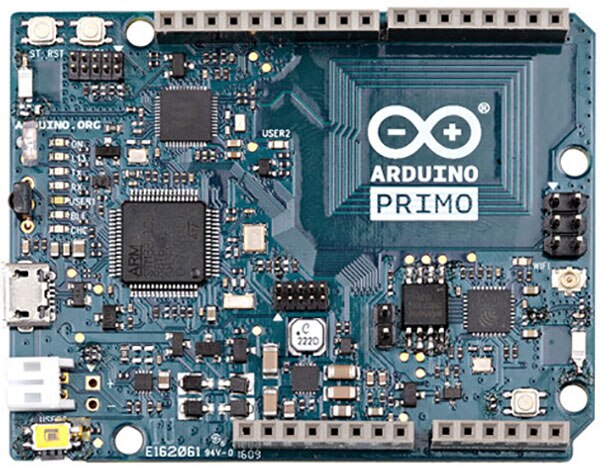
STMicroelectronics were also in attendance and are one of the key partners with Arduino.org with the collaboration of the new STAR OTTO board. ST as a company are trying to lower the barriers associated with complex SoC. They understand that there is more of diverse market for IoT such as furniture companies making tables are now wanting to make smart tables but lack the skill set to do so. ST are looking to bring tools and an IoT eco-system to those users and appeal to a more diverse IoT audience providing an easier path to rapid prototyping. ST will also be looking to introduce a new range of Arduino shields to allow makers to adopt the module building block system for prototyping their designs.
The collaboration between Arduino.org and ST is also an important one with Arduino looking move into the future market of boards and it’s clear that the range of STM32 SoC are the clear cut winner in doing so.
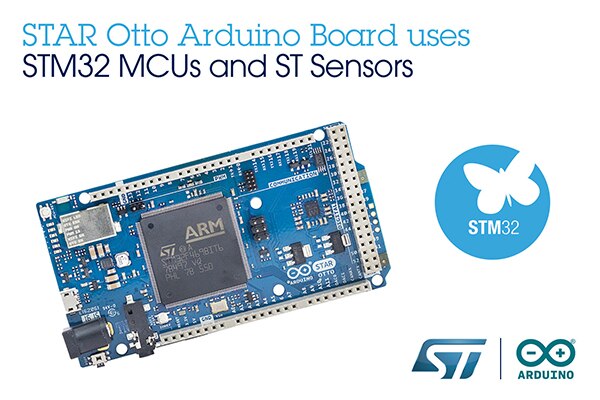
In the afternoon we heard from the likes of Platform.io and Codebender who have been actively working with Arduino.org adding platform compatibility with their boards. Moreover, I was very impressed with Codebender’s platform and the ability to flash boards within the browser using JavaScript, you can also embed the platform from within your own website.
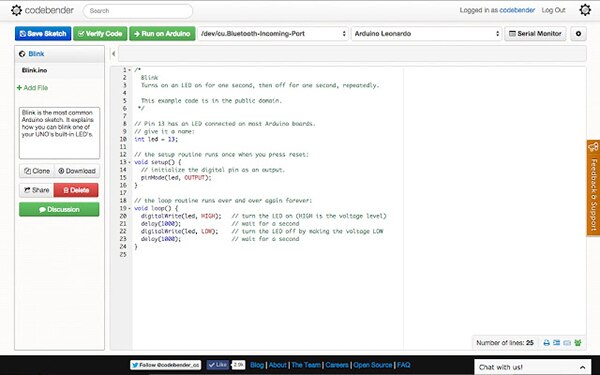
Arduino.org is also looking to remove the barriers for beginners by introducing a visual programming environment called Arduino S which is based on SNAP. SNAP is very similar to the Scratch programming language however SNAP has a lot more advanced features, which were very impressive. Not only is it a good starting point for beginners but it allows you to progress using more complex coding such as creating your own functions. One of the advanced SNAP features is the ability to change parameters in real-time, with the changes being made instantly while the program is running, this allows faster debugging.
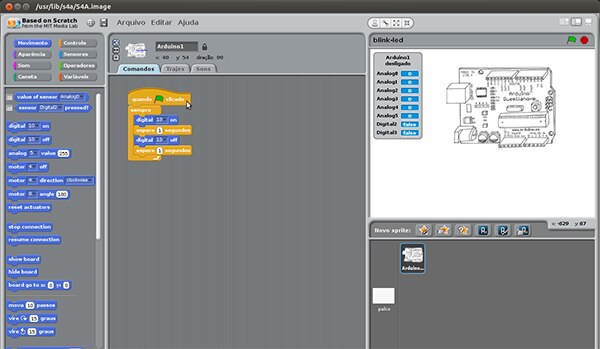
Boards Overview
One of the lead engineers, Mimmo, gave us an overview of the new boards of their architecture, which was very interesting to listen to. The talk started with the intended successor of the Yun board, the Tian. The M0 processor is now able to disable the Linux part and as such is able to reduce the overall power consumption of the overall system. Another great advantage is the bridge chip, which offers a more intelligent way of communicating compared to the Yun. The Tian also allows the connection between the computer and both MCU’s to be addressed directly, the idea of is that you can open two terminals to directly program both MCU’s. The bridge is based in Cypress technology much similar to the Intel Galileo bridge on the first generation. The Tian also support 4GB of eMMC memory, which according to Mimmo is much faster than the standard SD card previously used by the boards. The new Arduino Primo is also a three-chip solution: The nRF52 stands in the middle between the STM32 and the GPIO access. The STM32 serves as a system controller, which enables debugging amongst others. Also equipped with the ESP8266 controller it allows OTA programming, which Arduino.org is working on a cloud programming environment.
The nRF IC is made by Nordic and is used as the Primo Core. The core module is a round PCB plate form factor and is used as an end node in IoT. It can also be used in conjunction with a breakout board called the “Alice Pad”. Arduino.org are also looking at the possibility for wireless charging suitable for wearables. The combination allows the realization of the architectural concept with the Primo or Zero acting as IoT end points and the Yun or Tian providing the forwarding data to the internet to cloud services such as myArduino.
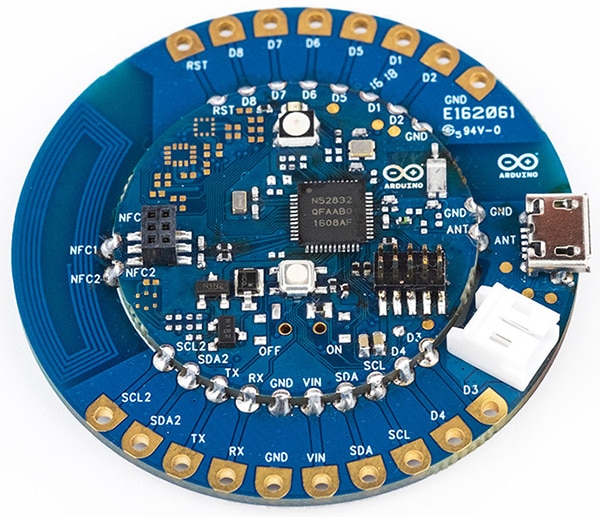
Mimmo also introduced the industrial 101, which is used to attract the commercial customers, something that Arduino has not considered before. The Arduino 101 is in the form of an LGA module. During the development of the hardware you put the LGA module in the breakout board providing 53 GPIO pins and wireless connectivity much like the Yun.
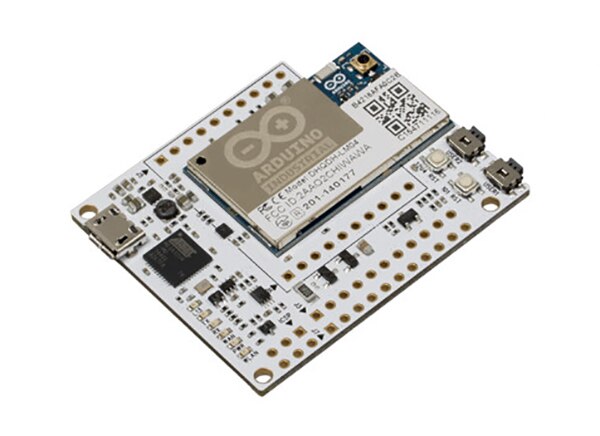
Microchip partnership
Before the advent of Arduino there was Microchip's PIC and at that time this was the standard for Microcontroller tinkering. Microchip's speaker, Guy McCarthy, was in his 17th year with the company and in 2010 Microchip wanted to record a collaboration contract with Arduino, but was soon greeted with some un-friendly words of advice. In layman’s terms they were told to “Get lost”.
Discouraged by the brick wall, Microchip went ahead with their own legacy and developed the chipKit based around the PIC32 SoC, which indeed was also Arduino compatible. Chipkit developed a board called the Uno32 and unfortunately this was seen as provocative and as such a number of distributors, such as Adafruit, refused to carry their brand.
Deterred by the negativity, Microchip continued and developed a number of libraries enabling the realization of more complex programming tasks aimed at professionals. In particular, they developed their own TCP stack in addition to the MCU stack.
McCarthy also spoke about the availability of the LoRa wireless standard in which they are looking to develop into their products later this year. The product range will offer a range of up to 15km with very little power consumption based on the RN2483 SoC.
Software Innovation
With the various hardware innovations also comes software changes and innovation, which complement each other. The Framework Linino was used in the Arduino Yun under the Firmata protocol, which incorporated a new sensor system suspended under the declaration of a new frame type.
Davide Ciminaghi instead settled to use a PCI protocol inspired in the ability of hardware integration into Linino MCUIO. The idea behind it is a rather primitive communication system, carrying in the requests by adjusting the contents of certain memory cells. To avoid any issues with the dynamic change the contents of the device tree’s serial port was itself a system BUS. In addition to the wired MCUIO there will be LininoIO including a variety of BUS standards to control wireless sensors. MCUIO will be implemented to the Linino Kernel and there are already a number of drivers supported.
Arduino Ciao
One of the main arguments for the combinatorial structure of the Yun is that the Linux subsystem enables advanced communication tasks to be implemented. Unfortunately, the average developer with little experience and lacking skillset is not able to combine such as native program with a simple sketch.
To solve this issue Arduino.org will roll out the Ciao library architecture. The idea behind this library is a simple design: A designated Ciao server provides connections through modules that can be from the MCU. This with just three lines of code you can access a number of cloud services, breaking down the barriers for developers.
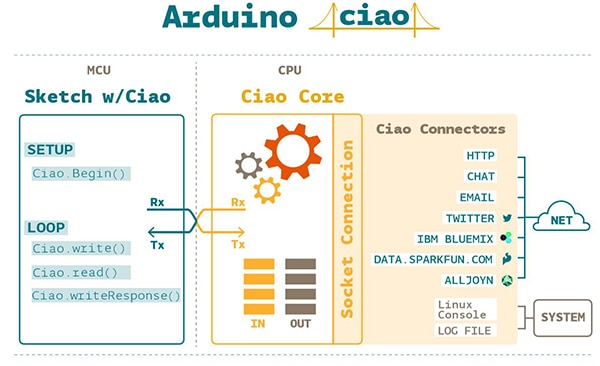
Summary
Overall this was a great first event by Arduino.org and a good learning experience for them. Although the location was somewhat expensive hopefully the next one will be in a European city and will attract more developers and partners to attend. The future of Arduino.org is very bright and I’m very much looking forward to seeing the development of the business, providing new boards and tools for makers alike.

Have questions or comments? Continue the conversation on TechForum, DigiKey's online community and technical resource.
Visit TechForum






 中国
中国